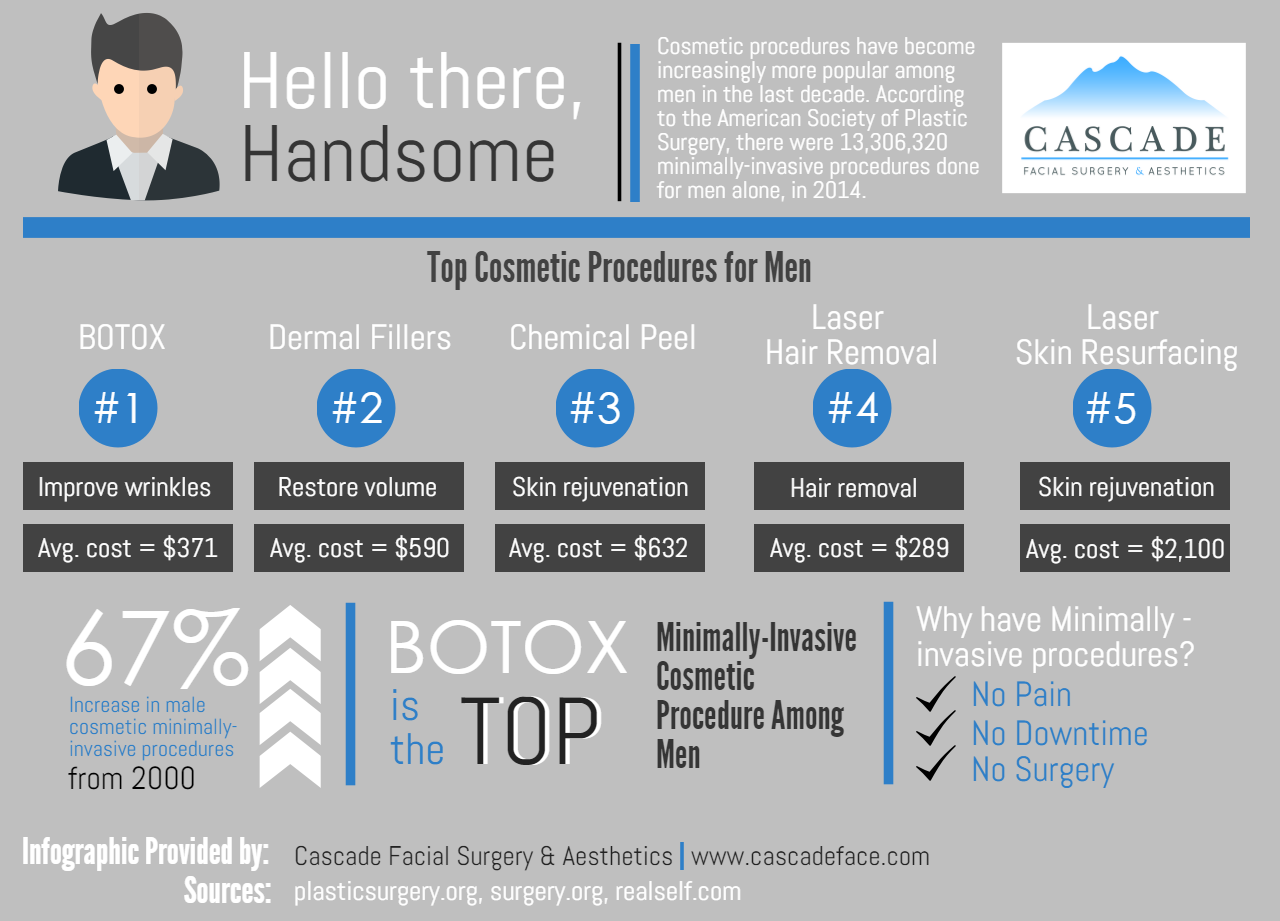Skincare And Prevention
Skincare And Prevention
Blog Article
Hormonal Acne - What is Hormonal Acne?
Hormonal acne is characterized by clogged pores and oily skin that generally appears on the chin and jawline. It takes place when hormonal changes activate inflammation and bacterial overgrowth within hair roots.
Breakouts may appear as whiteheads, blackheads, papules or pustules and cysts or nodules in much more serious situations. It is more common in teens going through adolescence however can impact adults of any type of age.
What Triggers Hormonal Acne?
While acne can be triggered by a range of aspects, including utilizing hair and skin care products that aren't oil-free or made with components that might block pores, genetic tendency, diet,2 and tension, the root cause is varying hormones. Hormone acne takes place when the body experiences hormone adjustments and variations that cause an overflow of sebum, which triggers inflammation, enhanced growth of bacteria and changes in skin cell task.
Hormone acne is usually located on the reduced jawline, cheeks and neck however can show up anywhere on the body. It is defined by blemishes that are cystic, uncomfortable and full of pus or other material. It is additionally more probable to take place in ladies than guys, particularly during puberty, the menstruation, maternity or menopause.
Age
While lots of youngsters experience acne at some point during the age of puberty, it can remain to pester grownups well into adulthood. Known as hormone acne, this type of breakout is tied to fluctuations in hormonal agents and is normally most typical in ladies.
Hormonal acne takes place when oil glands generate excessive sebum, which clogs pores and traps dead skin cells. This brings about the development of acnes, such as whiteheads, blackheads and papules, pustules, cysts or nodules, deep under the surface area.
This kind of acne typically triggers pain, soreness and swelling. It may additionally be intermittent and appear around the same time every month, such as right prior to your duration begins. This is since levels of women hormones like progesterone and oestrogen fluctuate with each menstruation.
Menstruation
Hormonal acne typically shows up in the lower part of your face, along the jawline and cheeks, as whiteheads, blackheads or inflammatory pimples (acnes and cysts). It's probably to show up around the moment when your menstrual cycle adjustments.
Particularly around ovulation, when estrogen and progesterone levels get on the increase, hormone variations can trigger outbreaks. However it's also feasible to obtain acne at any factor during your 28-day menstrual cycle.
If you observe that your hormonal acne flare right prior to your period, attempt discovering when specifically this occurs and see if it relates to the stages of your 28-day menstrual cycle. This will certainly assist you pinpoint the origin of your skin difficulties. For example, you might want to work with balancing your blood sugar and eliminating high-sugar foods, or consider a prescription drug like spironolactone that can regulate your hormonal agents.
Pregnancy
Expanding an infant is a time of dramatic hormone changes. For lots of women, this consists of a flare-up of hormonal acne. This sort of breakout commonly begins in the initial trimester, around week six. It's brought on by hormonal agent surges that promote sebaceous glands to make more oil, which can facial rejuvenation near me clog pores and trigger even more bacteria to accumulate.
Breakouts might also happen as a result of pre-existing conditions like polycystic ovary syndrome, which can additionally be a problem while pregnant and menopause. Likewise, some sorts of birth control pills (such as Ortho Tri-Cyclen and YAZ) can cause hormonal acne in some females.
Thankfully, a lot of acne treatments are "no-go" for expecting females (including preferred acne-fighting ingredients such as isotretinoin and spironolactone). However if you can not prevent those annoying bumps, your physician might recommend dental erythromycin or cephalexin, which are safe while pregnant.
Menopause
As females approach menopause, the estrogen degrees that created their hormone acne to flare throughout puberty start to maintain and decrease. At the same time, nevertheless, a spike in androgens (additionally referred to as male hormonal agents) takes place because these hormonal agents can not be converted into estrogen as successfully as in the past.
The excess of androgens can activate oil manufacturing by the sebaceous glands, which blocks pores. When the clogged up pores become irritated and aggravated, a pimple types.
Hormone acne is typically seen on the face, especially around the chin and jawline, yet it can take place on the neck, back, shoulders, or chest. This kind of acne often tends to flare in a cyclical pattern, similar to the menstruation. Stress and anxiety, which enhances cortisol and tosses hormonal agents out of balance, likewise adds to the outbreaks.